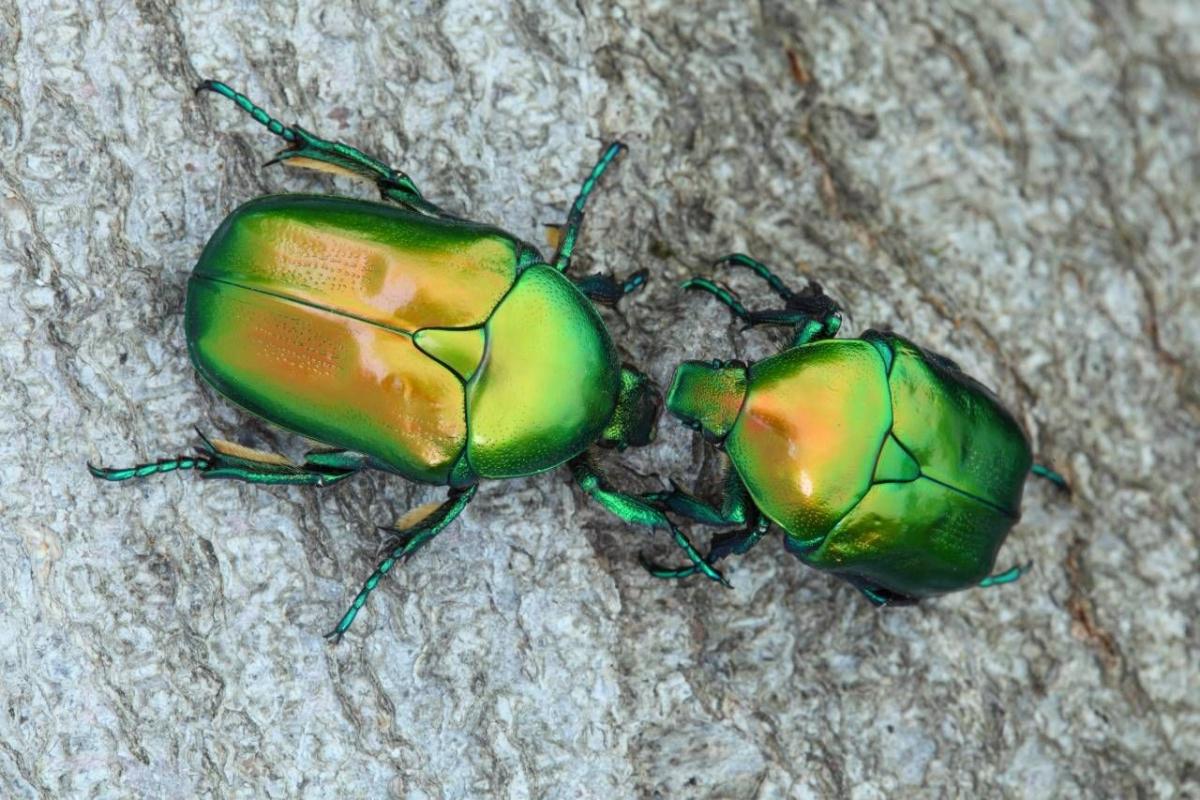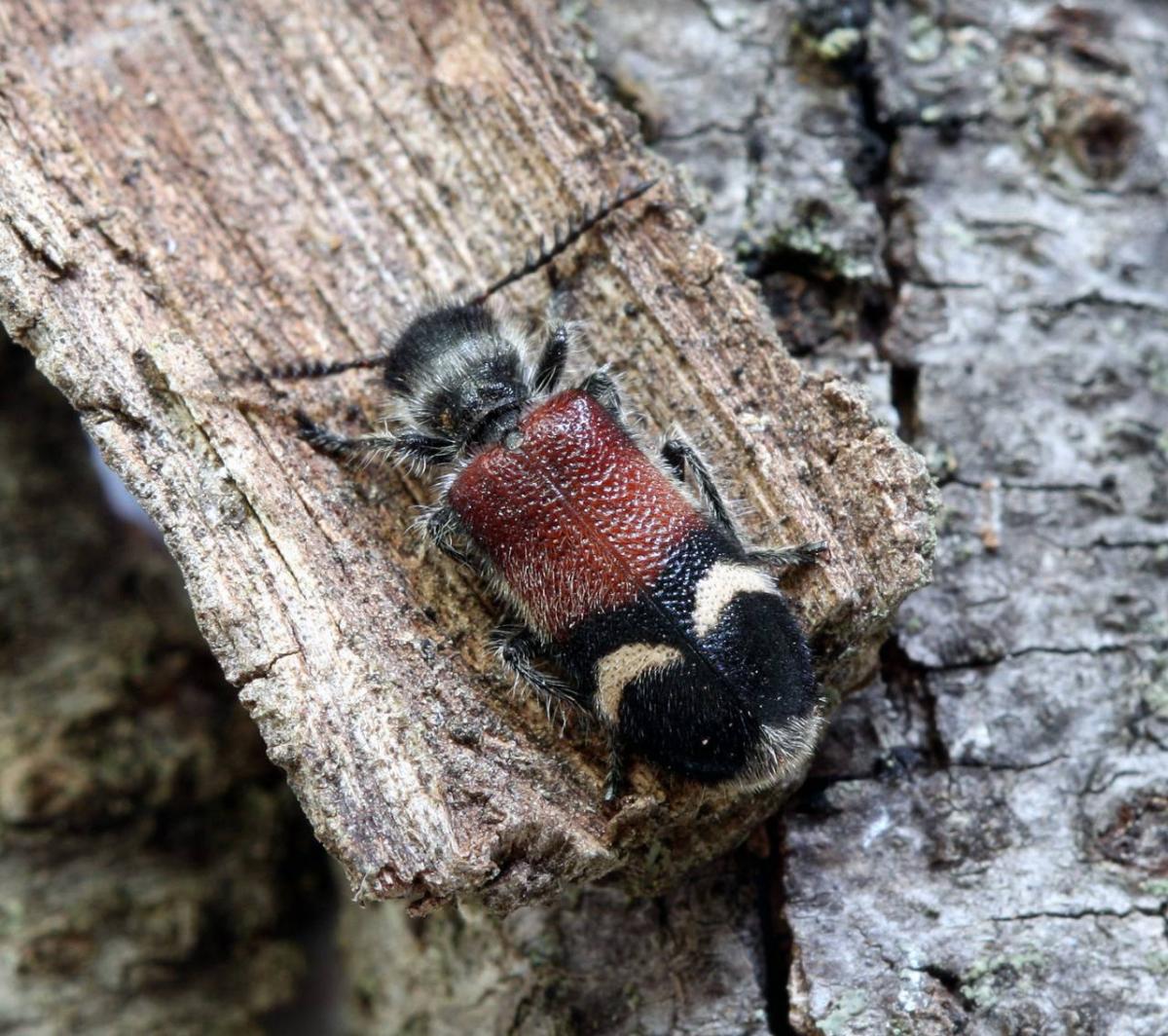Why beetle populations are plummeting in the Mediterranean - and why we should worry
One-third of Mediterranean saproxylic beetles is at risk of extinction as forests decline.
Málaga, 21st March 2019 (IUCN-Med) - Despite the prominence of the group from an ecological perspective, saproxylic beetles remain vastly unknown in the Mediterranean region. Since 2006, the conservation status of Mediterranean biodiversity has been assessed, covering more than 6,000 species from marine and terrestrial environments. The Status and Distribution of Mediterranean Saproxylic Beetles recently released by the IUCN is the latest addition to the growing database of species assessed in the region.
This report presents a review of the conservation status of 320 saproxylic beetle species inhabiting the area. Most of these species (195 species, 61%) are endemic, or only found within the borders of the Mediterranean region. 61 species of the 320 saproxylic beetles evaluated are threatened in the Mediterranean region, 29 species are Near Threatened and 131 species are Data Deficient. In many Mediterranean countries there is a significant lack of information regarding distribution, population size, and trends, especially in northern Africa and the eastern Mediterranean.
Assuming that a similar relative proportion of the Data Deficient (DD) species are likely to be threatened, it is estimated that 32% of saproxylics could be threatened in the Mediterranean.
The Eastern part of the Mediterranean, along the coast of Turkey, the Taurus Mountains, and Levant are the hotspot of endemic threatened saproxylic beetles. The Tell Atlas region in northern Algeria and Tunisia has also been identified as a hotspot for endemic species.
“Saproxylic beetles diversity in the Mediterranean region is highly dependent on heterogeneity of forest and trees, on the variety of species, ages and availability of fallen and decaying trees. Improvement of forests, trees and wood management will be key to maintain future healthy ecosystems. The last and scarce old-growth forest around the Mediterranean requires special attention on knowledge, monitoring and protection.” comments Hervé Brustel, Professor in University of Toulouse.
Saproxylic beetles are one of the main components of forest fauna
According to the IUCN assessment, habitat loss due to forestry exploitation and traditional management practices, for example dead wood removal and nomadic overgrazing, are the current main threats to saproxylic beetles in the Mediterranean. Overall, the current impacts derived from the generalized mismanagement of forest resources that traditionally focuses on removing dead wood, particularly in mature forested areas, lead to degradation and disappearance of this species.
“Saproxylic beetles are involved in important ecosystem services such as recycling nutrients, pollination and contribute to forest insect biomass being a feeding source for birds, bats and other insectivorous animals. We are launching this assessment during the International Day of Forests as to raise awareness on the importance of maintaining biodiversity to ensure Mediterranean forests will keep sustaining human societies as it has been for many milleniums”, highlights Catherine Numa, responsible for the IUCN Mediterranean Species Programme.
Additional major threats are forest fires, residential and commercial development, and climate change.
Access to the publication HERE.
For more information, photographs and interviews, please contact:
Lourdes Lázaro Marín, IUCN Communications, M: +34 615 44 14 08 email: lourdes.lazaro@iucn.org


